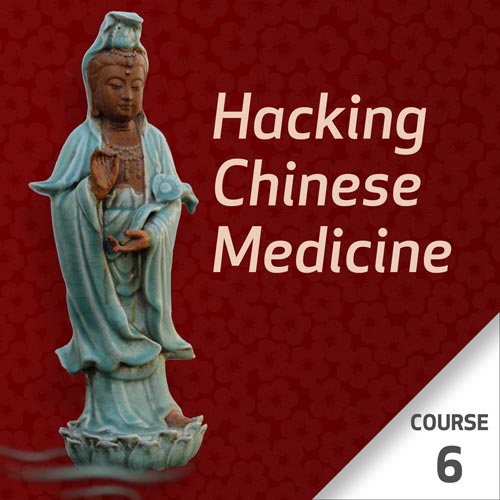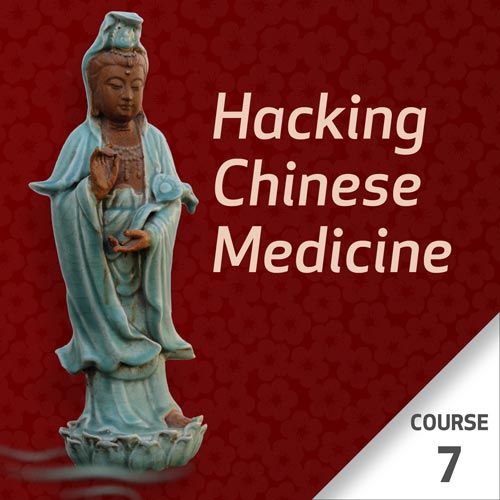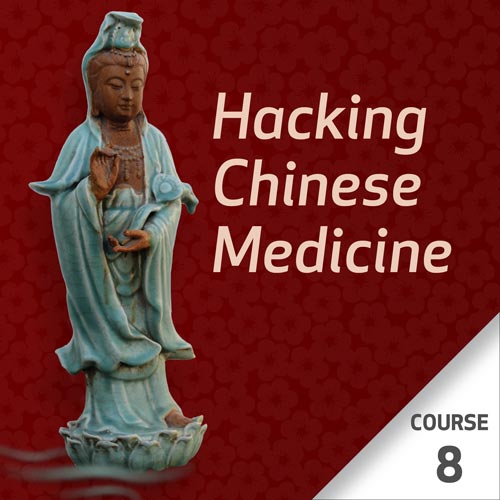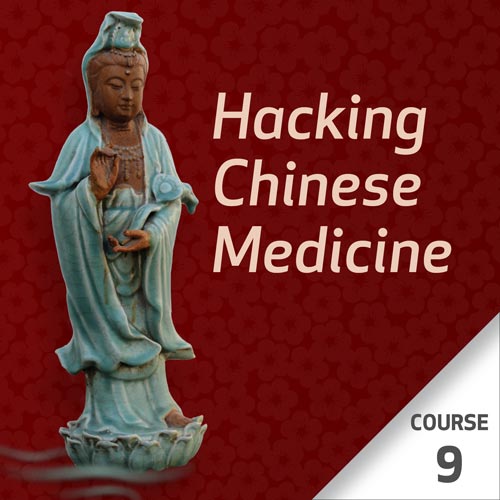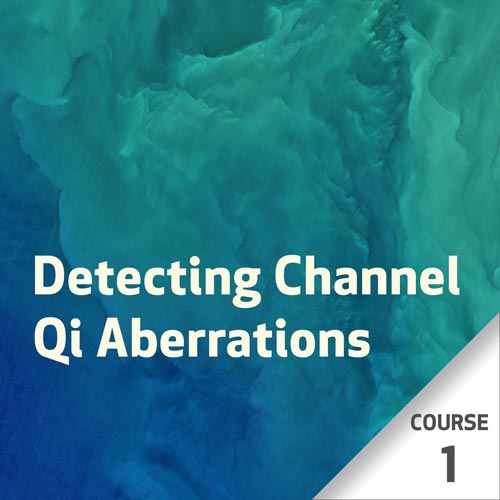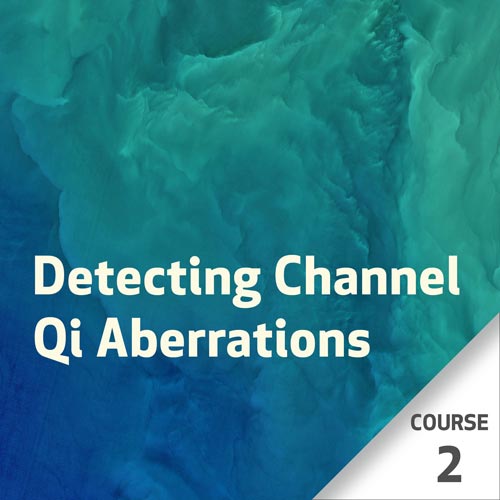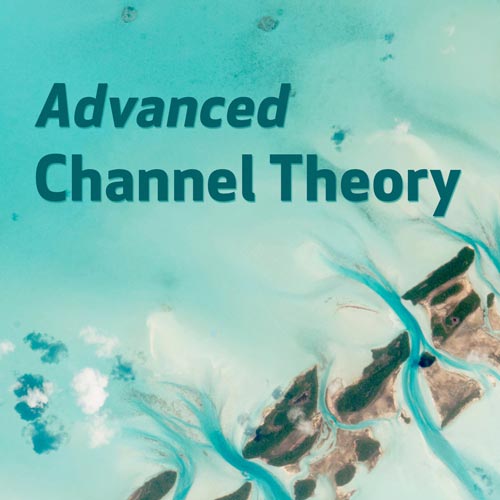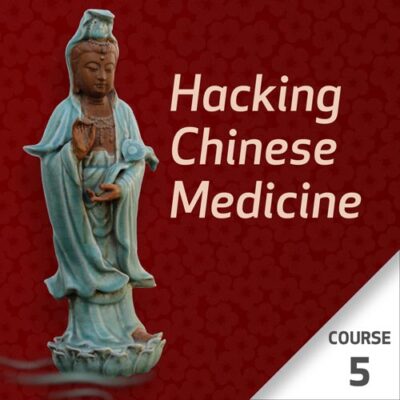Visão Geral Do Curso
Your key to unlocking the secret codes of Chinese medicine.
A very literate Chinese speaker has no more idea what is meant by “Lung Phlegm in the Liver” than does the average English speaker. For that matter, the word “wiry” and the concept of “Spleen pulse” don’t mean anything to the average Chinese speaker.
The words we use in Chinese medicine are not words, per se. They are code. “Liver,” as you well know, does not mean liver. For that matter, “Yin,” in the context of medicine, does not mean Yin. Damp certainly does not mean Damp. And Spleen Yang is present in the smallest, single-celled organism – an organism that does not have a spleen.
Your patient might tell to you, “I know all about Yin and Yang. The moon is Yin, males are Yang…” But these Taoist meanings have almost nothing to do with the way these words are used in the Chinese medicine code.
What does Yin and Yang mean to a Korean musician? To a traditional Taoist? To a Feng Shui practitioner? And all these different meanings are different still from what Yin and Yang mean to a TCM practitioner!
If you understand the way these code words work in TCM, and what they actually mean in plain English – which is not what you think – the whole world of Chinese diagnostics will suddenly make a whole lot of sense. It will even become something you can explain to your patient, using simple, obvious English.
Just knowing how the vocabulary actually works, something I never learned in my years of school, has made all the difference in my practice. I understand what I am doing. I am no longer just blindly following the dots.
This first class covers material in the first three chapters of Hacking Chinese medicine, and will introduce you to some of the more common usages of the “secret codes of Chinese medicine."
Objetivos
-
Adding depth to an English-speaking practitioner’s understanding of the vocabulary and phraseology of Chinese medicine.
-
Explaining cryptic aphorisms, mistranslations, and the error accumulations of centuries.
-
Introducing the implications of channel theory from an electromagnetic, 21st century perspective.
Descrição
0 hrs - 15 min
Word-based communications between doctors versus talking with non-doctors and patients (translator confusion). Differences between historical use of code words and medical use of code words.
15 min - 30 min
Various meanings of Yin and Yang in different contexts.
30 min - 45 min
Discussion on how scholarly writing can be cryptic. Infinite possibilities: The example of Lung-Phlegm in Liver.
45 min - 1 hrs
Overview of highly specific translations and meanings.
Testemunhos
-
Sandy A. (Canada)
Excelente curso e livro. Adoro o estilo de escrita da Dra. Janice, como se ela estivesse explicando esses conceitos pessoalmente em linguagem simples. (Traduzido automaticamente da EN)
-
Valerie T. (United States of America)
Puxe uma cadeira, sente-se e prepare-se para uma ótima hora de história! Muito agradável e informativo. (Traduzido automaticamente da EN)
-
Lucinda K. (United States)
Ótima apresentação, mal posso esperar para ver o restante de seus cursos. (Traduzido automaticamente da EN)
Testemunhos
Excelente curso e livro. Adoro o estilo de escrita da Dra. Janice, como se ela estivesse explicando esses conceitos pessoalmente em linguagem simples. (Traduzido automaticamente da EN)
Sandy A. (Canada)
Puxe uma cadeira, sente-se e prepare-se para uma ótima hora de história! Muito agradável e informativo. (Traduzido automaticamente da EN)
Valerie T. (United States of America)
Ótima apresentação, mal posso esperar para ver o restante de seus cursos. (Traduzido automaticamente da EN)
Lucinda K. (United States)
Janice Hadlock é uma professora maravilhosa que oferece uma nova visão aos estudantes de Medicina Chinesa. Assistir às suas aulas traz uma nova compreensão dos conceitos da Medicina Chinesa que levará sua prática a um nível superior. (Traduzido automaticamente da EN)
Kimberly K. (United States of America)
Obrigado por esclarecer que esta linguagem que aprendemos é realmente apenas código. Faz muito mais sentido... (Traduzido automaticamente da EN)
Rita W. (Canada)
Esta é uma perspectiva tão refrescante e esclarecedora sobre a Medicina Chinesa. Já esclareceu muitas dúvidas e confusões sobre os termos e padrões diagnósticos que usamos para descrever um desequilíbrio no sistema. (Traduzido automaticamente da EN)
Janet S. (United States)
Como acupunturista iniciante, gostei deste curso, achei instigante e bem ensinado. Usando 2 exemplos de padrões TCM, o Dr. Walton-Hadlock nos ensina como decifrar o "Código TCM" para obter uma compreensão WM do padrão. Fez sentido e me deu uma perspectiva diferente. Abordarei a significação do padrão com uma mentalidade diferente. Pode comprar seu livro para obter mais padrões / códigos TCM explicados. (Traduzido automaticamente da EN)
Corinne D. (Australia)
Se você quer realmente entender a medicina chinesa, ouça esse conteúdo. (Traduzido automaticamente da EN)
Suzanne G. (Canada)
Boa apresentação. O professor é envolvente e apresenta o material de maneira clara. Definitivamente aumentando minha profundidade e amplitude de compreensão da linguagem da medicina chinesa. Agora estou pensando mais profundamente sobre meus diagnósticos ... como o que eles realmente significam, em vez de apenas dar um tapa no diagnóstico com base nos sinais e sintomas. Estimulando meus processos de pensamento! (Traduzido automaticamente da EN)
Emily H. (United States)
Achei informativo, agradável e prontamente aplicável à minha vida profissional. (Traduzido automaticamente da EN)
Sarah S. (United States)
Professor
Janice Walton-Hadlock
Janice Walton-Hadlock, DAOM, L.Ac., is a professor at Five Branches University, and specializes in Channel Theory, Yin Tui Na, Psychology and Counseling; she is the founder of the Parkinson's Recovery Project, and is an author on topics relating to Channel Theory and Parkinson's.
Aviso Legal
Please read these important disclaimers before purchasing:
...











